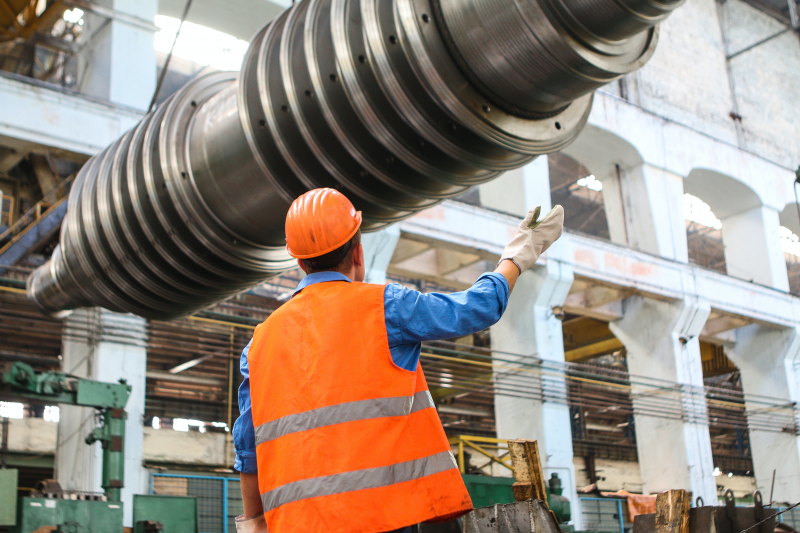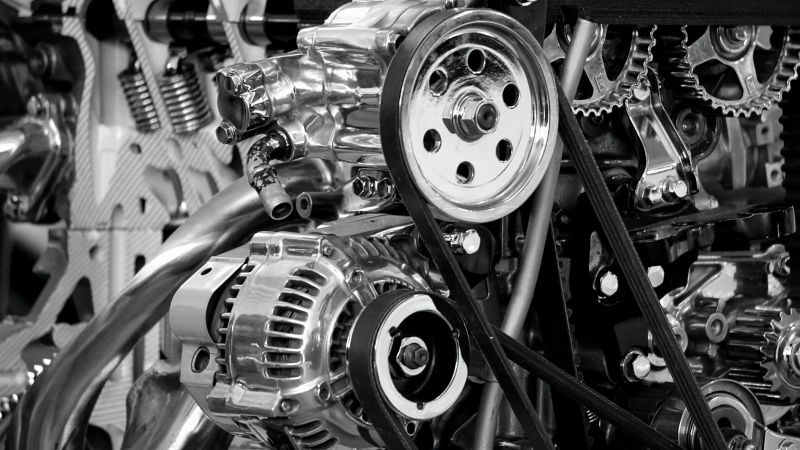Can you explain the different types of fits?
The interviewer is testing your technical knowledge. Technical questions are common in mechanical engineering interviews, although the difficulty of the questions will depend on the knowledge of the person interviewing you and the role you are interviewing for. Before the interview, familiarise yourself with the job description and consider what technical knowledge you need to perform the job.
Example answer:
Parts that must integrate with one another to provide a shared function or conduct one or more actions are frequent in manufacturing. The "fit" connection between two mating components refers to how tight or loose the objects should be when fitted together. In manufacturing and mechanical engineering, three forms of fit are typically used: clearance fit, interference fit, and transition fit.
Clearance fits enable for loose mating in situations where open movement and a certain amount of play are needed. Clearance fittings are used when elements should be able to slip in and out without being obstructed, and when alignment can be gently guided but does not require strict accuracy. Examples of clearance fit include bolt/shaft holes in which an element may easily glide through another feature.
Interference fits are also known as a press fit or friction fit, requires some effort to unite two components. An interference fit can be used to press a bushing, bearing, dowel pin, or other object into its mating components. When linked, this forms a reasonably robust union that would need significant force or prospective machine operations to uncouple.
Transition fits are used when precise alignment is required and mating pieces must be joined with higher accuracy. These may also be referred to as a slip or push fit. There will still be more space than with a press/interference fit, but it will be much smaller and should eliminate any extra play or movement in the joint.












